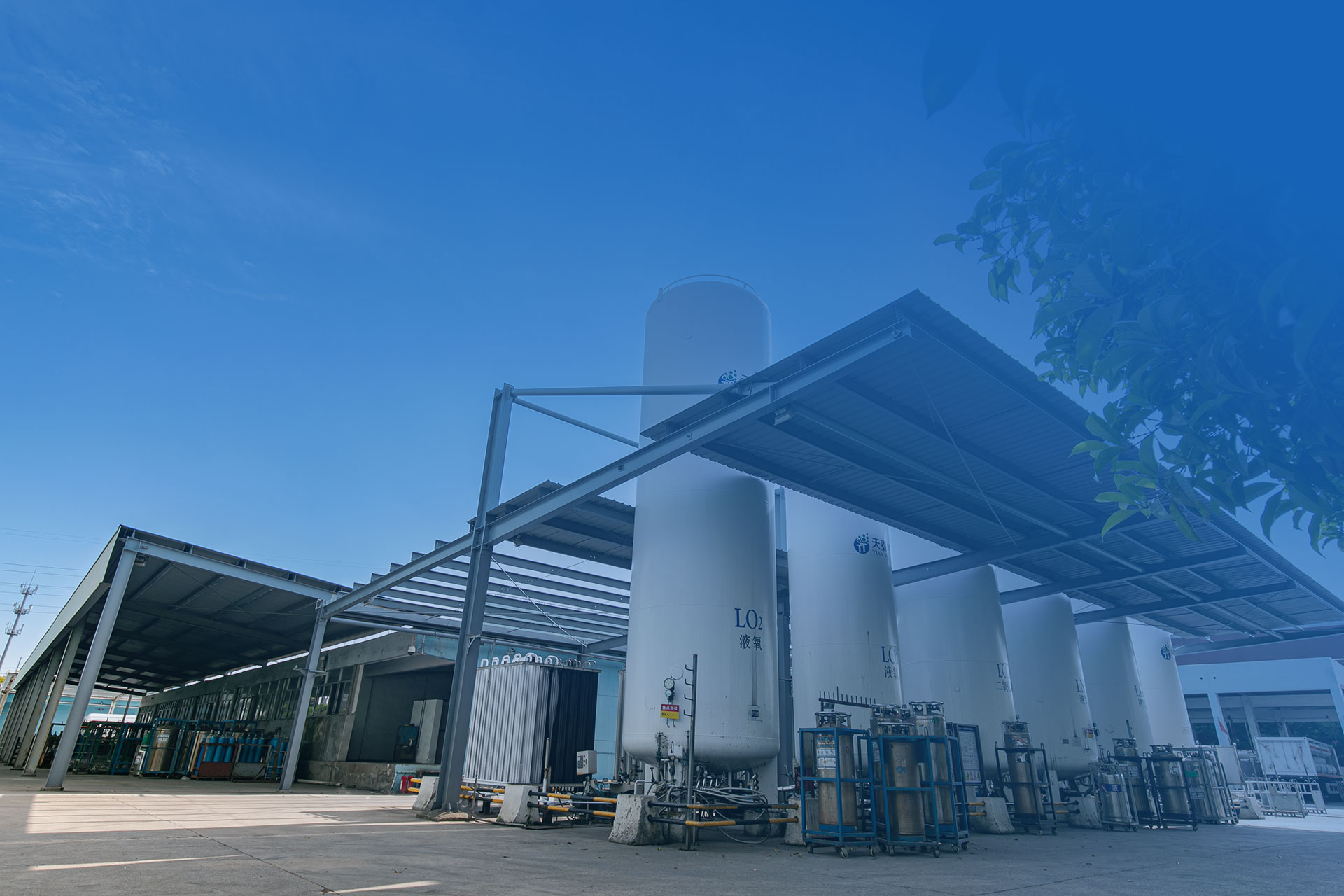
PRODUCTS
Silane
Packaging: 47L
Appearance: Colorless gas with a nauseating odor of garlic.
Density: 1.44g/L
Relative vapor density: 1.2g/mL
Melting point: -185ºC
Boiling point: -112ºC
Critical temperature: -3.5ºC
Critical pressure: 4.864MPa
Solubility: Soluble in water, almost insoluble in ethanol, ether, benzene, chloroform, silicon chloroform and Silicon tetrachloride.
Critical volume: 151.5 (Calculation) / 136. 75 (Measured)cm³/mol
Product Details
| No. | Name | Chemical formula | Purity (%) | Pressure (Mpa) | Filling capacity (m³/ Kg) | Valve threaded outlet |
| 1 | Silane | SiH4 | 99.9999 | - | 10 | CGA350/Diss632 |
| Entry name | Impurity content (ppm) |
| Tristane purity index (%) ≥ 99.9999 | |
| Argon gas (Ar) | ≤0.05 |
| Chiorosilane (SiH3Cl) | ≤0.15 |
| Disilane (Si2H6) | ≤0.5 |
| Helium (He) | ≤1 |
| Carbon monoxide (CO) | ≤0.05 |
| Oxygen (O2) | ≤0.05 |
| Nitrogen (N2) | ≤1 |
| Hydrogen (H2) | ≤20 |
| Carbon dioxide (CO2) | ≤0.05 |
| Methane (CH4) | ≤0.05 |
| Carbon (C) | ≤0.2 |
| Dichlorodisilane (SiH2CI2) | ≤0.5 |
| Methylsilane (CH3Si) | ≤0.5 |
| Metal ion (Metal ion) | ≤0.03 |
Product Usage: Silane is widely used in the microelectronics and optoelectronics industries, used in the manufacturing of solar cells, flat panel displays, glass and steel coatings, and is the only intermediate product in the world for large-scale production of granular high-purity silicon. The high-tech applications of silane are still emerging, including for manufacturing advanced ceramics, composite materials, functional materials, biomaterials, high-energy materials, etc., becoming the foundation of many new technologies, materials, and devices. Silane is also known for its unique spontaneous combustion and explosive properties. Silane has a very wide spontaneous ignition range and extremely strong combustion energy, which determines that it is a highly hazardous gas.

